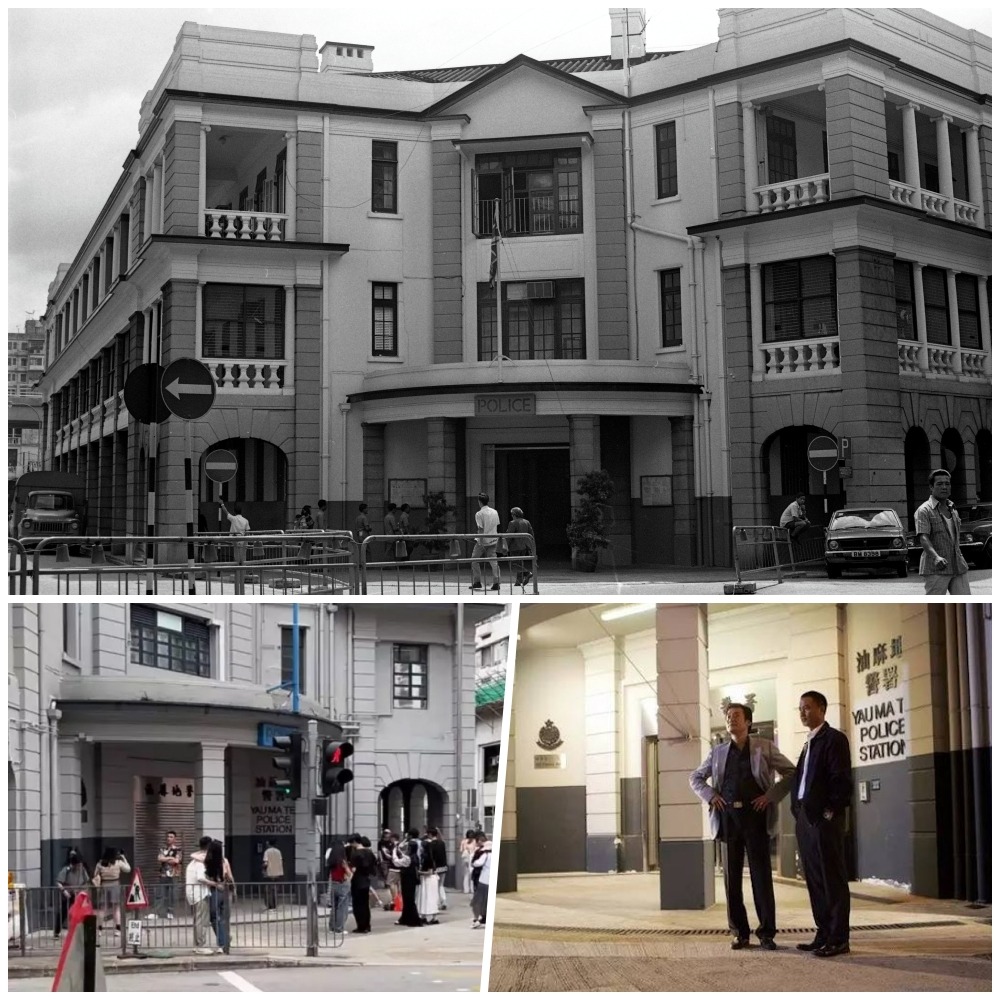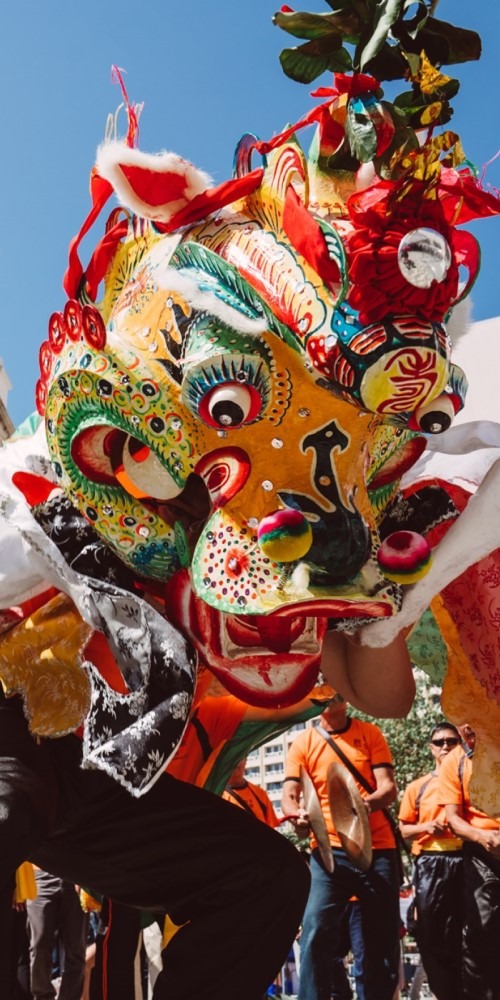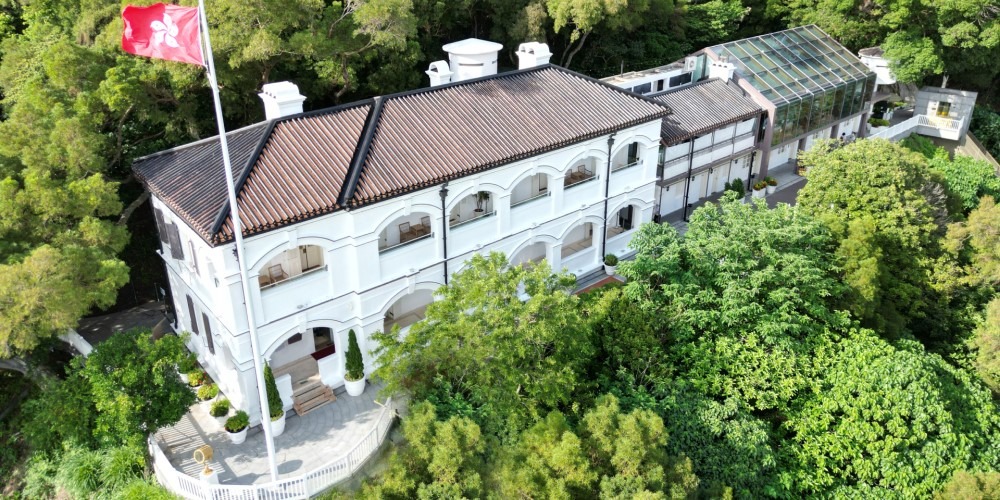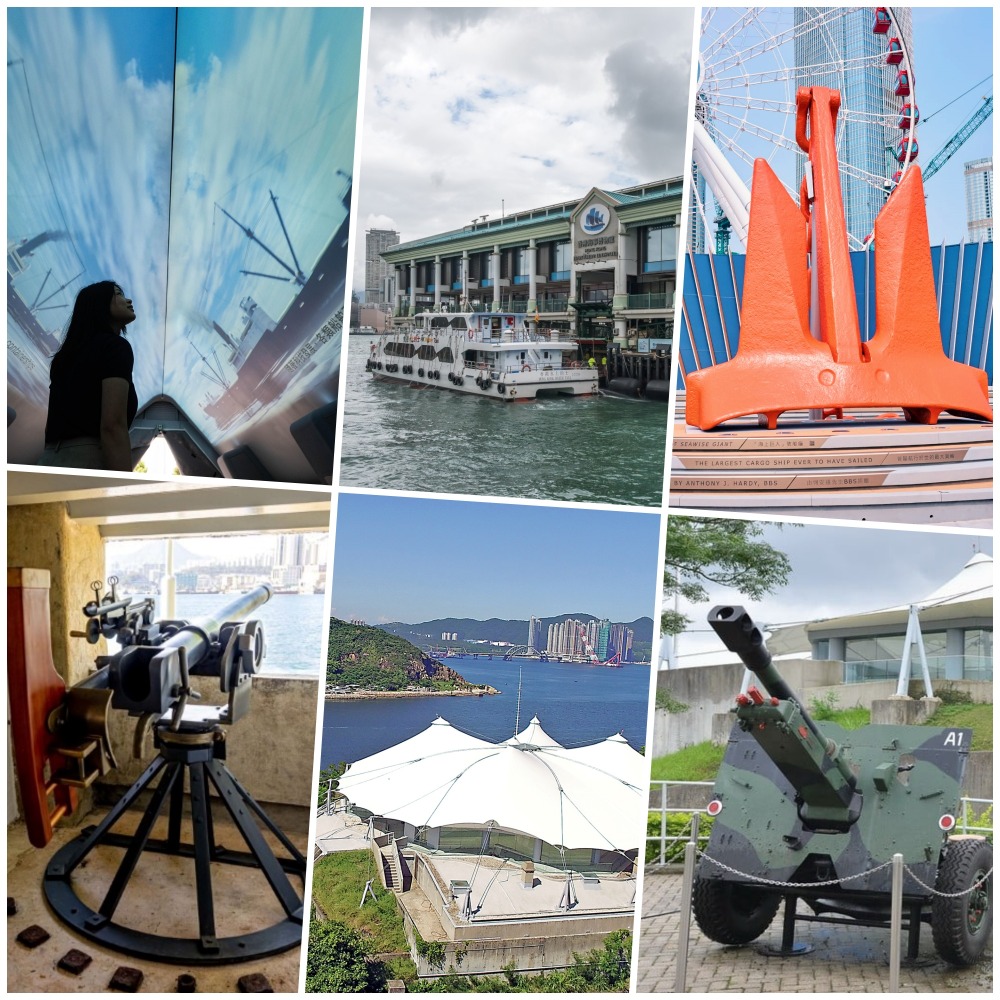Published : 2024-05-24
Hong Kong's Tai O, located on the western part of Lantau Island, is often hailed as the "Venice of the East".
Its characteristically unique stilt houses which stand over the water are particularly memorable. The customs of Tai O fishing village attract many tourists to visit the town.
Why did Tanka people live in stilt houses?

As one of the oldest fishing villages in Hong Kong, Tai O (大澳) had around 500 fishing boats docked there during its peak and the fishery's yield accounted for a quarter of Hong Kong's total.
The stilt houses of Tai O are a signature feature of the area, attracting many Hong Kong residents and tourists to make a special trip there.
Why were stilt houses built? The explanation can be traced back to the Song dynasty.
At the time, many of Tai O's residents were Tanka (蜑家) fishermen. They were not accustomed to living on land, and the increasing size of their families required a larger living space.
However, a typical fishing boat was only about 20 feet long, insufficient to accommodate a whole family. So, Tanka fishermen built stilt houses by the shore to better ensure the safety of children and elders when they were out at sea.
Read more: Revitalising the historic Tai O Heritage Hotel
What materials are used to build Tai O stilt houses?

Early stilt houses were constructed out of fan palm leaves, wooden blocks, and fir boards. The bottom of the house was supported by stone pillars, and their design often featured a semi-circular, boat-like canopy or a triangular roof.
Since the houses were built over water, the stone pillars couldn't withstand long-term exposure to seawater and mussels, therefore, the supports of the houses were later changed to use Belian wood (also known as "Iron Wood").
Why choose Belian wood? This type of wood comes from Indonesia with resistance to water, decay, and mussels and can be used for hundreds of years.
Belian wood is also often used for the "keel" (an integral part located at the bottom centre of the boat, connecting the bow to stern) of fishing boats.
So, the structure of discarded boats can be dismantled to build the stilt houses, which is convenient and cost-saving.
Stilt houses in Tai O are connected by gangways in good neighbourliness

As for the functions of the stilt houses, the platform served as areas for the fishermen's daily activities, the main passageway between the houses, and a gathering space for residents as well.
The "main house body" was used as a living room, bedroom, and also to place ancestral tablets; the "rear space" was frequently used for sun-drying seafood like salty fish and kelp.
Each house had a small ladder extending down to the water surface, providing convenient access to the boats docked underneath the houses.
The houses are arranged in a row, connecting one after another linked by gangways constructed from wooden stakes and planks, which allows neighbours to visit each other easily, indicating a close-knit community.
Read more: Tai O became "Isolated City" in heavy rain in 2008
Two fires in Tai O in 2000 and 2013
Sadly, this harmonious stilt house community was struck by a devastating No.4 alarm fire in the early morning of July 2, 2000. More than 100 stilt houses were consumed in the blaze.
Since the stilt houses were made of wood and zinc, the fire intensified quickly. Coupled with the fact that all the houses were interconnected, it resulted in a "domino effect", which took more than 5 hours for the fire to be suppressed.
Many families lost their ancestral homes in the fire, and about 300 residents were homeless.
In 2013, Tai O's stilt houses were again hit by a No.3 alarm fire, and 10 houses were burnt down.
People reconstructed their stilt houses. The original wooden pillars were replaced by concrete ones, and the wooden houses were replaced by tin houses.
Despite this, the stilt houses of Tai O continue to be a picturesque sight.
For this coming weekend or Sunday, let's have a day trip for the "Venice of the East". Take a boat ride through the waterways, admire the stilt houses at close range and enjoy a leisurely time!

































